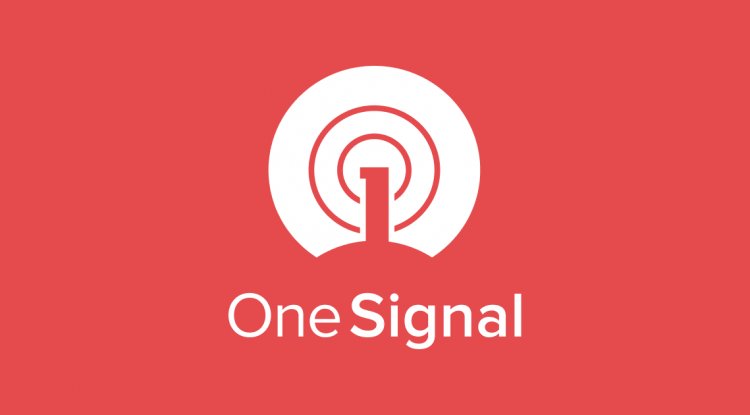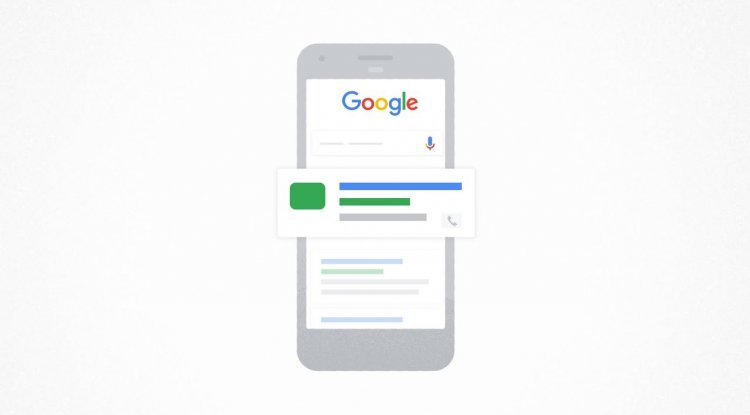Insights into working with game publishers
Part 1: Learnings from game publishers in APACThe game publishing model is not a new concept to those in the gaming industry. However, mobile game publishers have become increasingly important given the ever-changing and complex government regulations, higher user expectations for localized content, and the complexity of external environments (such as reduced travel due to the pandemic).In certain markets, publishers may be the only option for foreign developers to gain entry. So, publishers that can help developers navigate local markets are an integral part of the mobile ecosystem. We conducted surveys and interviews with APAC-based publishers and developers that worked with third-party publishers to better understand the top trends and best practices for building a successful partnership.To clarify our definitions:First party publishing is games self-published by developers.Second party publishing is where publishers work with developers closely through a joint venture.Third party p


Part 1: Learnings from game publishers in APAC
The game publishing model is not a new concept to those in the gaming industry. However, mobile game publishers have become increasingly important given the ever-changing and complex government regulations, higher user expectations for localized content, and the complexity of external environments (such as reduced travel due to the pandemic).
In certain markets, publishers may be the only option for foreign developers to gain entry. So, publishers that can help developers navigate local markets are an integral part of the mobile ecosystem. We conducted surveys and interviews with APAC-based publishers and developers that worked with third-party publishers to better understand the top trends and best practices for building a successful partnership.
To clarify our definitions:
- First party publishing is games self-published by developers.
- Second party publishing is where publishers work with developers closely through a joint venture.
- Third party publishing is where the developer works with an independent publishing company.
In this article, we focus on learnings from publishers, and in the next article, findings from developer’s perspective on third party publishing will be shared.
First, let’s take a look at the basics of how game publishers work.
Out of 28 publishers surveyed across APAC, their priority and challenge is identifying high quality titles to license and publish.
When publishers look for games, they usually reach out directly to developers within their existing pool of network or through various game events. They then select games based on market fit, gameplay, and game metrics. This process has slowed down since the pandemic. Once a publisher identifies a game they’re interested in, the licensing period is usually for two to three years. The deal is often based on a combination of revenue share, minimum guarantee (regardless of actual revenue generated, publisher must pay a certain amount to developer), and an upfront annual licensing fee.
On the partnership side, most publishers rely on developers to support technical optimization or troubleshooting. Some publishers are open to creating a strategic partnership with developers, such as providing guidelines on game design, and even creating a joint venture for future projects.
- A common misconception is that publishers are only looking for short term gain. While some do deploy such a strategy, there are future-looking publishers who are interested in building long-term, sustainable partnerships. This means maintaining a title for three to five years or longer, expanding the game to additional markets, or co-developing new projects. It is in publishers’ best interest to maintain close relationships with trusted developers so they can get first pick on new, promising titles in development.
- Publishers tend to specialize in specific genres and markets so developers can decide the best partner fit based on this information. Developers can reference publishers’ track records to decide on a best fit.
- It’s common for developers to self-publish in markets they’re confident in, and work with publishers in other unfamiliar markets. For big titles, developers may even choose to work with a different publisher in each market. In this case, it is imperative that developers align with publishers across different markets to maintain a fair and consistent pricing and marketing strategy for gamers.
- The greatest value publishers bring is their well established local partnership network. This includes their relationship and knowledge of local influencers, media agencies, IP holders, localization agents, customer service agencies, and community management. Having local partners can be extremely helpful, especially when travel is still restricted in certain regions.
- Publishers provide much more than language translation and customer services. They can also advise on local user behavior study, potential market sizing, marketing optimization, phone or internet specifications test, and provide monetization advice such as pricing. This enables developers to stay focused on their core strengths such as optimizing product stability and content.
- Publishers are often well informed of industry standard metrics and local gamer preference for specific markets. This enables them to tailor liveops events, create meaningful community engagement and advise on gameplay and creative design for UA. Specialization is a highly efficient way for developers to scale up quickly with lower risks.
- Like any successful partnership, both parties need to communicate frequently and openly, with feedback that is based on facts and data. Expanding to new markets is not as simple as copying what was done elsewhere. It requires multiple beta tests, focus groups, A/B tests for creatives, and more to ensure content and gameplay is well designed for local gamers.
- In the past, hard core games such as MMORPG and SLG tended to be the top genres for publishers. However, as the industry evolves, markets are opening up to more genres as gamers have more diverse tastes. This has led publishers to move past only publishing games with strong IP or from big studios. Publishers are also licensing games from small and medium size developers that build mid-core and casual games.
As we look ahead to what the industry will become in the future, publishing businesses may offer modular services, such as community management, customer service, or marketing, instead of a full third-party publishing service.
Due to the pandemic, remote publishing may become the only solution for developers that don’t have local offices. However, it will be increasingly difficult because gamers are more sophisticated and local regulations are constantly changing. It is also near impossible for developers to be an expert in every key market unless they have already reached a certain scale. Local publishers are therefore an important partner for developers to consider when they are at an early stage of global launch, or when they lack bandwidth to closely monitor and optimize for certain markets.
Stay tuned for part 2 where my colleague, Gaby Hien reviews the survey and interview results from the developer point of view. She will also share a best practice checklist based on our learnings. Use this checklist to better identify high quality titles and partners, enable smooth game launch, and mitigate potential issues.
Insights into working with game publishers was originally published in Google Play Apps & Games on Medium, where people are continuing the conversation by highlighting and responding to this story.
What's Your Reaction?





















